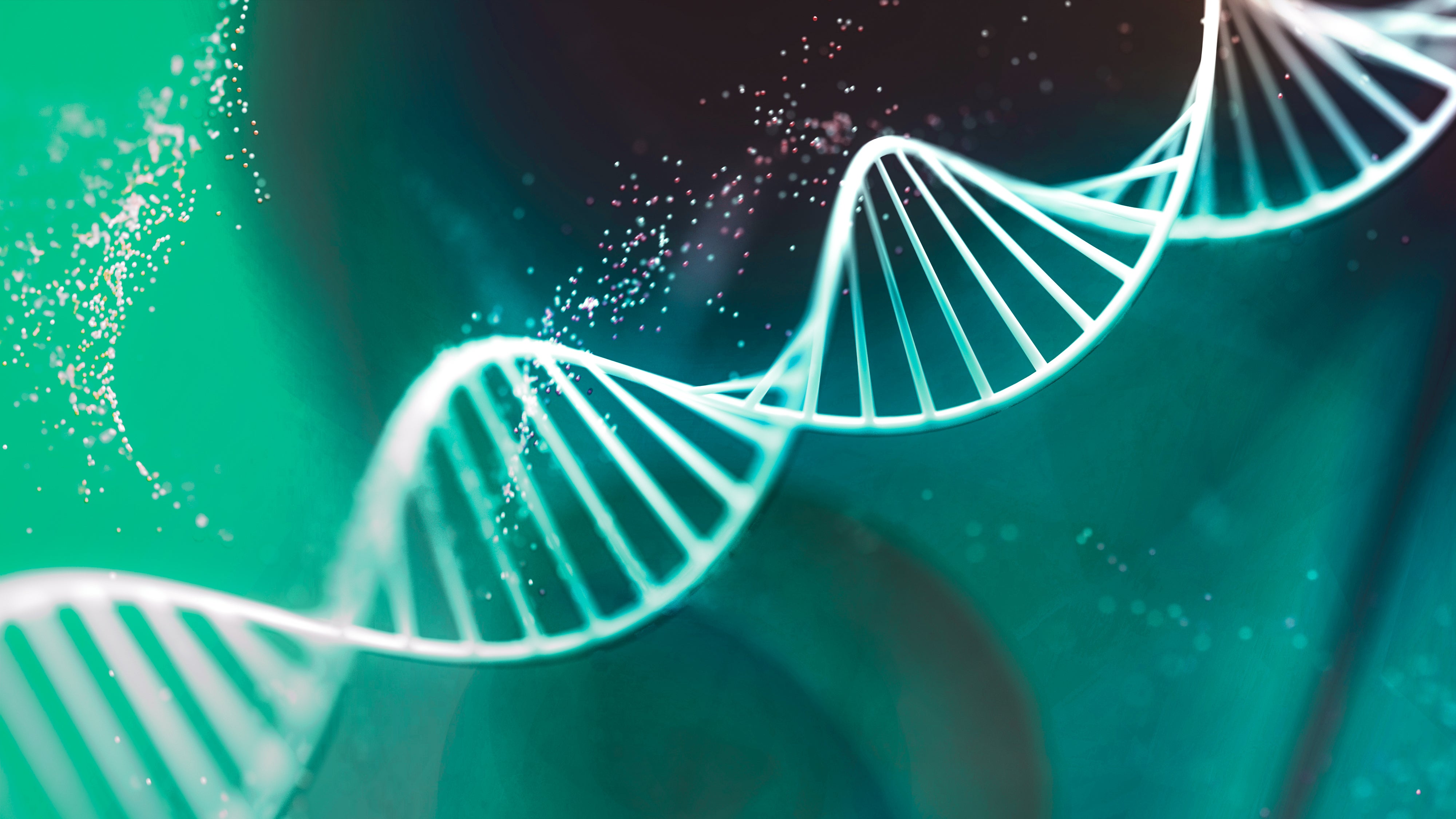Scientists find the ‘chemistry behind the origin of life’
Purdue University researchers’ discovery not only sheds light on life’s origins on Earth, but could help save lives by enhancing medicinal chemistry reactions

Your support helps us to tell the story
From reproductive rights to climate change to Big Tech, The Independent is on the ground when the story is developing. Whether it's investigating the financials of Elon Musk's pro-Trump PAC or producing our latest documentary, 'The A Word', which shines a light on the American women fighting for reproductive rights, we know how important it is to parse out the facts from the messaging.
At such a critical moment in US history, we need reporters on the ground. Your donation allows us to keep sending journalists to speak to both sides of the story.
The Independent is trusted by Americans across the entire political spectrum. And unlike many other quality news outlets, we choose not to lock Americans out of our reporting and analysis with paywalls. We believe quality journalism should be available to everyone, paid for by those who can afford it.
Your support makes all the difference.The chemistry of life’s emergence, the way merely organic, carbon-containing molecules begin linking up into large, self-replicating molecules like DNA and form life, remains a mystery, but scientists believe this ancient transition from chemistry to biochemistry happened in Earth’s ancient oceans.
But that presents a problem, a paradox. Even as biochemistry and organic life require liquid water, the chemical reactions necessary to form the early building blocks of life can’t go off in a fully water saturated environment — Earth’s early oceans, it would seem, were just too wet to support the formation of molecules necessary to create life.
That myriad lifeforms including humans now exist is evidence enough that life found a way, and Purdue University Professor of Analytical Chemistry Graham Cooks may have solved the puzzle.
It turns out, “water isn’t wet everywhere,” he said in a media statement.
In a new paper published Monday in the Proceedings of the National Academy of Sciences, Dr Graham and his colleagues at Purdue Dylan Holden and Nicolas Morato, describe the results of their research showing that the chemical reactions necessary to form peptide molecules, essential molecules for life, could take place in very tiny bubbles of water.
“We propose that the interface of aqueous microdroplets serves as a drying surface,” the trio write in the paper, that thin film between water and air offering just enough dryness to allow the important chemical reactions to take place.
The chemical reactions the researchers are concerned with are the joining of amino acids into larger, peptide molecules.
Amino acids are the building blocks of more complex biochemistries. Amino acids are simple, carbon-based molecules that link together in chains of up to 50 to form peptides. Longer chains of amino acids form polypeptides, which in turn link together to form proteins.
Amino acids can form from chemical reactions that do not involve and do not necessarily lead to the creation of life. Scientists believe, for instance, that ancient meteorites seeded Earth with many amino acids created on asteroids in space, a fact recently confirmed by the Japanese Hayabusa 2 mission that brought samples of the asteroid Ryugu back to Earth.
Once part of life, amino acids are crucially important. The amino acids adenosine, cytosine, guanine, and thymine form the backbone of DNA, while polypeptides form hormones such as insulin and proteins like collagen help create the structure of our bodies.
But in order for amino acids to bond and form peptide chains, they must give up a water molecule — something that seemed to scientists impossible in the wet world of the ocean.
But Dr Cooks and his colleagues at Purdue, Dylan Holden and Nicolas Morato, now show that the surface of the tiny droplets of water created by crashing waves or splashing streams provides an environment where amino acids can make those bonds, allowing larger molecules to form from amino acids.
“This is essentially the chemistry behind the origin of life,” Dr Cooks said. “This is the first demonstration that primordial molecules, simple amino acids, spontaneously form peptides, the building blocks of life, in droplets of pure water.”
This not only helps piece together the puzzle of how life could arise spontaneously from the ingredients present on the infant Earth, it could help human life more than 3 billion years later. It turns out that the amino acid to peptide bonding reactions take place much, much faster in micro droplets than in a liquid solution, which could speed up the development of medicines.
“The rates of reactions in droplets are anywhere from a hundred to a million times faster than the same chemicals reacting in bulk solution,” Dr Cooks said. “Using droplet chemistry, we have built an apparatus, which is being used at Purdue now, to speed up the synthesis of novel chemicals and potential new drugs.”
Join our commenting forum
Join thought-provoking conversations, follow other Independent readers and see their replies
Comments